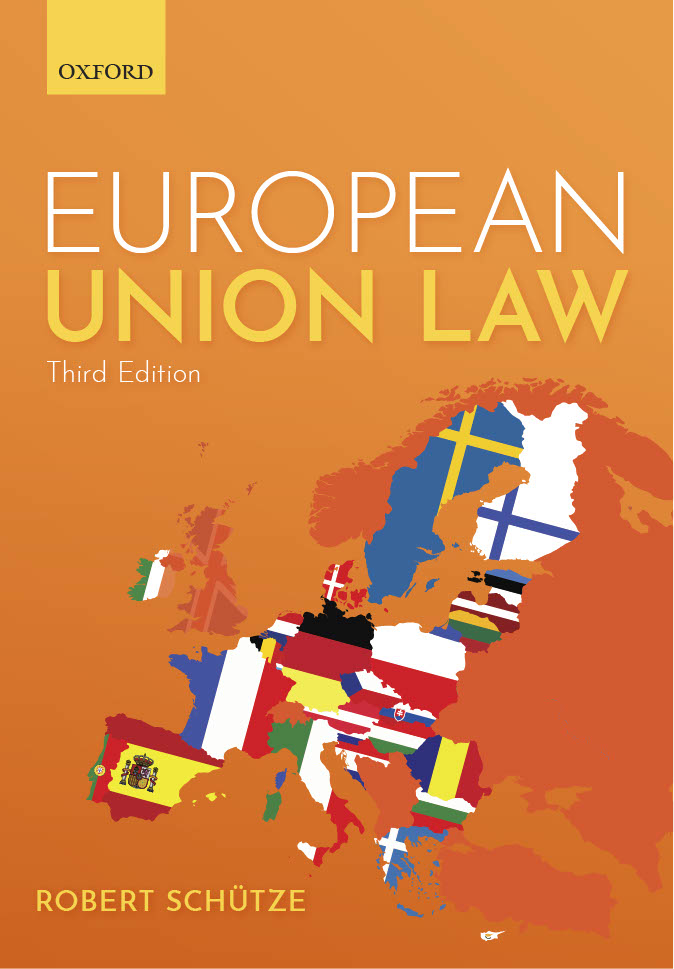The constitutional distinction between internal and external affairs emerges with the rise of the territorial State. With political communities becoming defined by geographical borders, foreign affairs henceforth refer to those matters that entail an ‘external’ dimension. The recognition of foreign affairs as a distinct public function received its classic formulation in the political philosophy of John Locke. Locke classified all external competences under the name ‘federative’ power, that is: ‘the power of war and peace, leagues and alliances, and all the transactions with all persons and communities without the commonwealth’. This classic definition of the foreign affairs power identifies it with the power to decide over war and peace; and foreign affairs were consequently considered part of the executive power. For relations between States were thought to have remained in a ‘natural state’; and their ‘law-less’ character provided an argument against granting external powers to the legislative branch.
In the modern world, this reasoning is not as persuasive as 300 years ago. The idea that foreign affairs are all about war and peace has given way to a new understanding. For with the internationalisation of trade and commerce in the eighteenth and nineteenth centuries, a new foreign affairs occupation became consolidated: regulatory international agreements. The level of tariffs for goods needed to be regulated; river navigation had to be coordinated; and intellectual property rights required to be protected. And the intense ‘globalisation’ and economic interdependence that started in the twentieth century have further intensified the need for – legal – cooperation between States. Today, much of the foreign affairs ‘business’ of modern States indeed concerns the conclusion of – economic – international agreements.
Yet, the Union is not a State – it is a Union of States. Is it nonetheless entitled to partake in the international affairs of the world? This depends – of course –on the structure of international law as well as the European Treaties themselves. The 1957 Treaty of Rome had already acknowledged the international personality of the European Community, and the Treaty on European Union grants such legal personality to the Union.
This chapter looks at the external powers and procedures of the European Union. Sadly, the Union suffers from a ‘split personality’ here because it has a split constitutional regime for foreign affairs. It has a general competence for its ‘common foreign and security policy’ (CFSP) within the TEU; and it enjoys various specific external powers within the TFEU. Sections 1 and 2 will analyse each of these competences and their respective nature. Section 3 looks at the procedural dimension of the external relations of the Union. How will the Union act, and which institutions need to cooperate for it to act? This depends on which of the two constitutional regimes applies. While Although the CFSP is still characterised by an ‘executive’ dominance, the procedures within the Union’s special external powers are closer to the ‘legislative’ branch. Section 4 finally explores two constitutional safeguards regulating the exercise of shared external competences: mixed agreements, and the duty of loyal cooperation.
